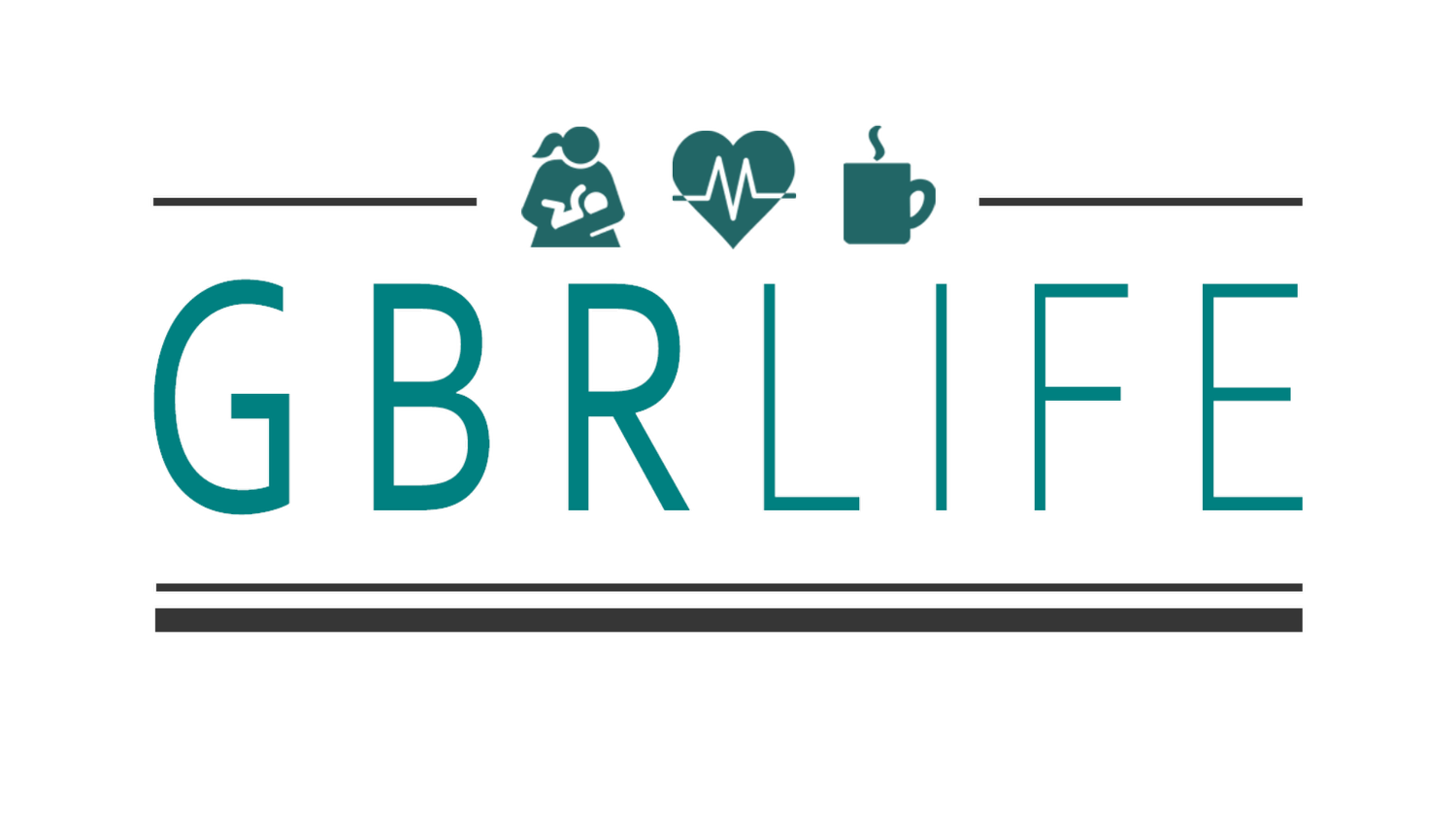The High-Performance Paradox: How I Achieved More By Rejecting Traditional Success Metrics
There's a quiet revolution happening in the world of high achievement, and it's turning everything we thought we knew about success metrics upside down. As someone who has consistently exceeded targets throughout my career, I've discovered something surprising: our traditional measures of success are often the very things holding us back from our greatest achievements.
We've all been there – quarterly reviews focused on quantifiable metrics, KPIs that look impressive on paper, and achievement charts that supposedly tell the story of our success. But here's the truth: some of the most groundbreaking work I've done never showed up in a performance review.
Consider this: would Steve Jobs' value have been accurately measured by the number of emails he responded to? Would Einstein's contribution be captured by how many papers he published per year? Of course not. Yet we continue to apply these limiting metrics to our own work.
The real breakthrough came when I started measuring success through three unconventional lenses:
1. Impact Longevity: Instead of asking "What did I accomplish today?" I began asking "What did I do today that will matter in five years?" This shift transformed my project selection and execution strategy. Suddenly, tasks that seemed urgent but had little long-term impact fell away, replaced by initiatives that could create lasting change.
2. Innovation Potential: Traditional metrics often reward safe, incremental improvements. I developed a new framework: measuring success by how many conventional approaches I challenged.
This meant tracking:
Assumptions questioned
New approaches tested
Failed experiments (yes, counting failures as success metrics)
Industry standards challenged
3. Knowledge Compound Interest: Rather than measuring immediate outcomes, I started evaluating how each project or decision contributed to my long-term knowledge base. Some projects might show minimal immediate ROI but provide invaluable insights that compound over time.
Here's where it gets interesting: the moment I stopped trying to quantify everything, my quantifiable results actually improved. By focusing on deeper, more meaningful measures of success, the traditional metrics naturally followed suit. It's like the difference between focusing on weight loss versus overall health – when you focus on health, weight often takes care of itself.
How do you actually put this into practice? Start here:
Create a "shadow scorecard" that tracks:
Image Credit: @lukechesser
Moments of insight
Challenging conversations initiated
Complex problems simplified
Team members empowered
Industry assumptions questioned
Instead of tracking time spent working, track:
Problems solved creatively
Relationships strengthened
Knowledge gaps identified and addressed
Opportunities created for others
Long-term foundations laid
Develop success measures that look forward:
Potential for future impact
Scalability of solutions
Knowledge transfer effectiveness
Innovation pipeline health
Relationship network strength
The most fascinating outcome? When I stopped obsessing over traditional performance metrics, my conventional success measures improved dramatically.
Projects were completed faster, team satisfaction increased, and innovation flourished. It turns out that measuring the right things – even if they're harder to quantify – leads to better results across the board.
The challenge now isn't just to achieve more – it's to achieve better. To create impact that ripples outward. To build success that compounds over time.
This means having the courage to:
Question conventional wisdom
Value invisible progress
Trust in long-term thinking
Measure what matters, not just what's measurable
Remember: The most significant breakthroughs often come from asking not "How can I hit this target?" but rather "Is this even the right target to aim for?"
What unconventional success metrics could transform your approach to achievement?


